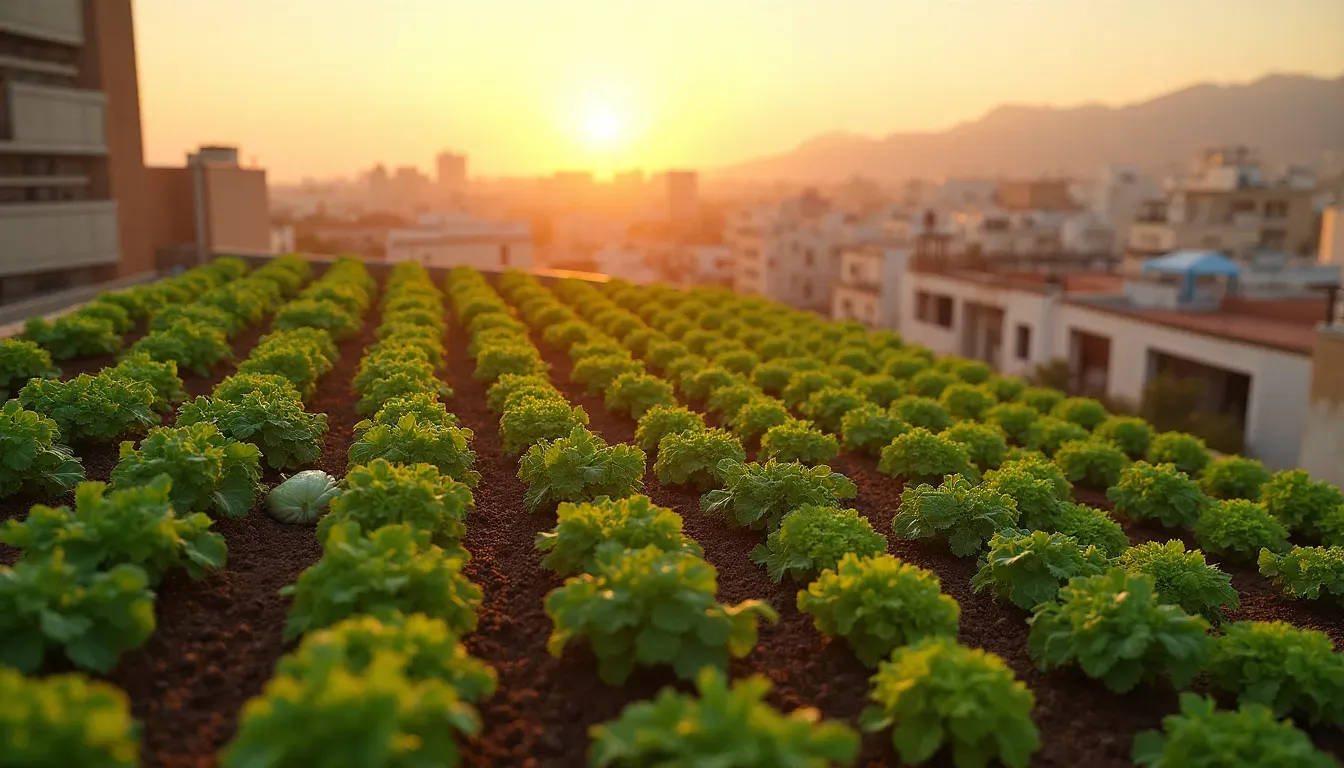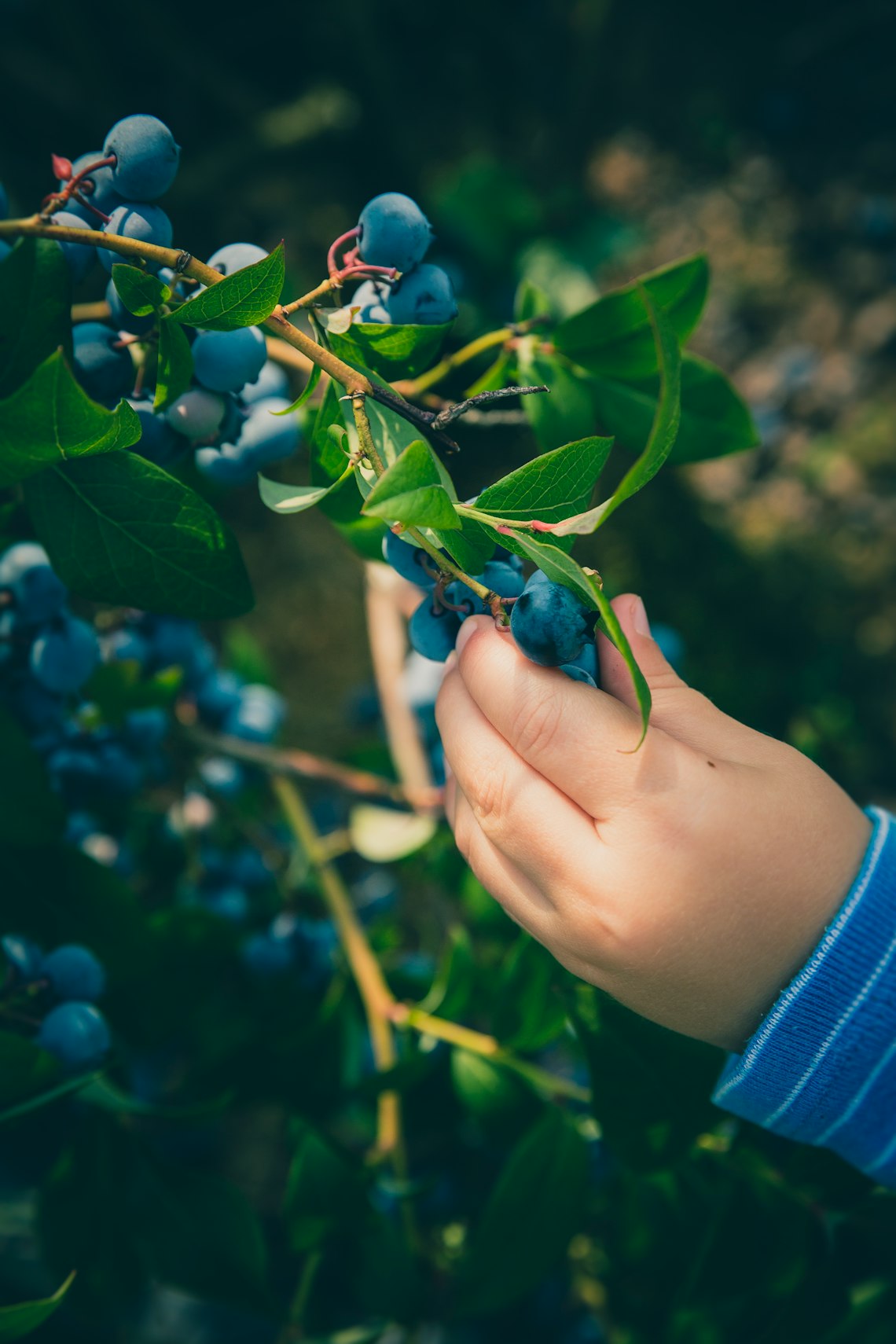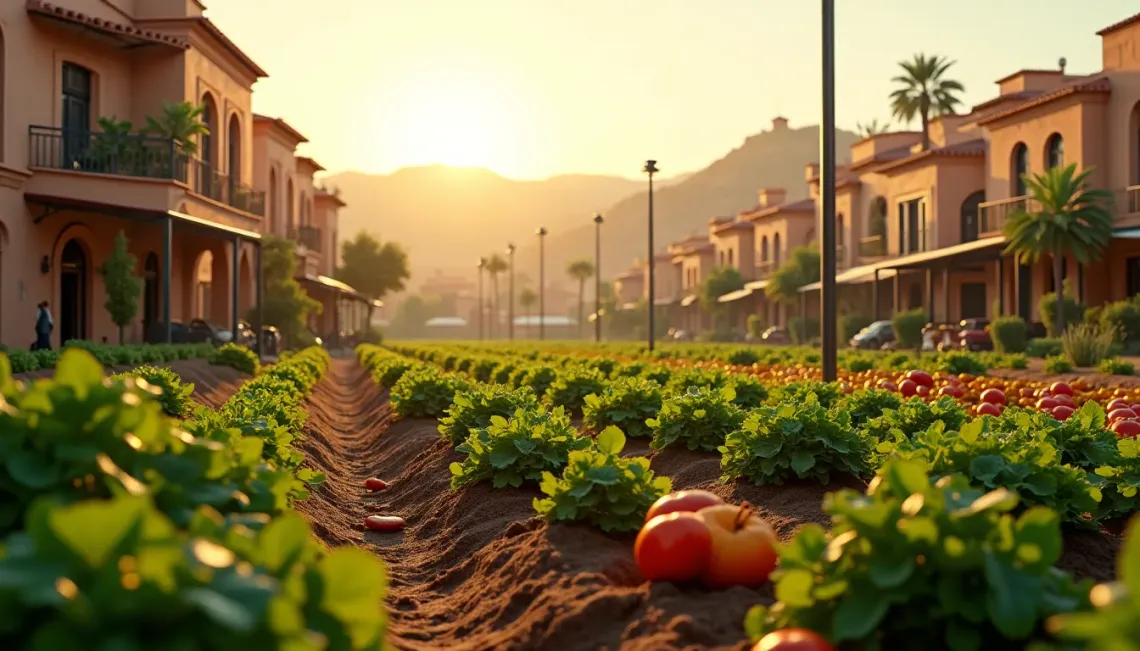In recent years, urban farming has become a beacon of sustainable innovation, transforming rooftop spaces in Morocco into lush agricultural hubs. This exciting trend not only contributes to food security but also promotes environmental stewardship and rural-urban synergy. In this analytical exploration, we delve into the rise of urban farming in Moroccan cities, examining the innovative techniques employed and the broader implications for sustainable farming and urban development.
Urban Farming: A New Era for Rooftop Spaces in Morocco
Morocco’s urban centers, such as Casablanca and Marrakech, face the dual challenge of limited agricultural land and a growing population. Urban farming on rooftop spaces emerges as a creative solution, utilizing previously overlooked areas to cultivate crops. By transforming concrete into green, rooftop spaces offer the perfect setup for implementing innovative agriculture techniques.
Innovative Agriculture Techniques
Rooftop farming in Morocco is characterized by the adoption of advanced methods, such as:
- Hydroponics: A soil-free technique that uses nutrient-rich water to grow plants, ideal for space-constrained locations.
- Aquaponics: Combining aquaculture and hydroponics, this method recycles fish waste to fertilize plants, promoting a sustainable cycle.
- Vertical Farming: Maximizing space use, crops are stacked in vertical layers, harnessing light and water efficiently.
These innovations enable higher crop yields and better resilience against climate fluctuations, critical in a region experiencing varying environmental conditions.
Sustainable Farming and Economic Impacts
Integrating sustainable farming within urban settings not only provides fresh produce but also stimulates local economies by creating jobs and reducing food import dependency. As urban farming gains traction in Morocco, it opens opportunities for education and innovation, encouraging communities to engage in sustainable practices.
Environmental and Social Benefits
Urban farming contributes to reducing carbon footprints by minimizing transportation emissions and enhancing urban air quality. Additionally, it fosters community bonds and raises awareness about environmental issues. Programs that promote urban farming often include educational components, educating residents about sustainability and healthy eating.
Challenges and Future Prospects
Despite its promise, urban farming in Morocco faces challenges such as water scarcity, infrastructure limitations, and lack of public awareness. However, initiatives by NGOs and government policies are beginning to address these issues, setting the stage for future growth in this sector.
Looking ahead, the potential for urban farming innovations to revolutionize Moroccan rooftop spaces is immense. By embracing these sustainable farming practices, Morocco can enhance food security, foster community resilience, and set a precedent for other nations grappling with similar urbanization and environmental challenges.
In conclusion, the widespread adoption of urban farming on rooftop spaces in Morocco represents a transformative step toward innovative agriculture and sustainable city planning. As these green rooftops flourish, they bring hope for a more resilient and equitable future, marrying the modern urban landscape with ancient agricultural traditions.




